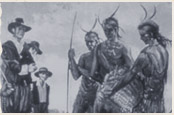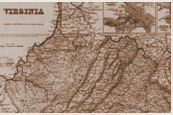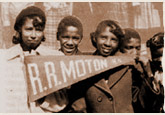Speech of Frederick Douglass
Fordham University: Modern History Sourcebook
Description: In this speech Frederick Douglass highlights the hypocrisy of celebrating the Declaration of Independence and the Fourth of July while slavery is permitted within the United States. Also in this discourse, Douglass discusses what the Fourth of July means to a slave. Douglass describes some main arguments for the abolition of slavery. He also suggests that the country needed a moral earthquake to uproot the establishment of slavery, nine years before the Civil War began.
Teaching Tips:
"Do Now" Suggestions
- Use this speech as an introduction to the abolitionist perspective.
- Discuss what Douglass meant from a historical perspective when he asked if the question of slavery should be up to Republicans.
- Use this as an example of Frederick Douglass’ role during the Civil War Era.
- Compare this speech’s thesis to the Battle Hymn of the Republic. Discuss the religious and moral overtones that abolitionists and the Union used during the Civil War Era.
- Discuss the meaning of the quote “all men are created equal” by the following activity. Write the phrase on the board and have all students stand. Then, ask women and minority groups to sit one group at a time. The remaining students, Caucasian males, represent the people protected prior to the Civil War. Then, read what Douglass says about the meaning of the Declaration to slaves. Discuss with students the accuracy and fairness of the phrase and the hypocrisy of the Declaration of Independence.



